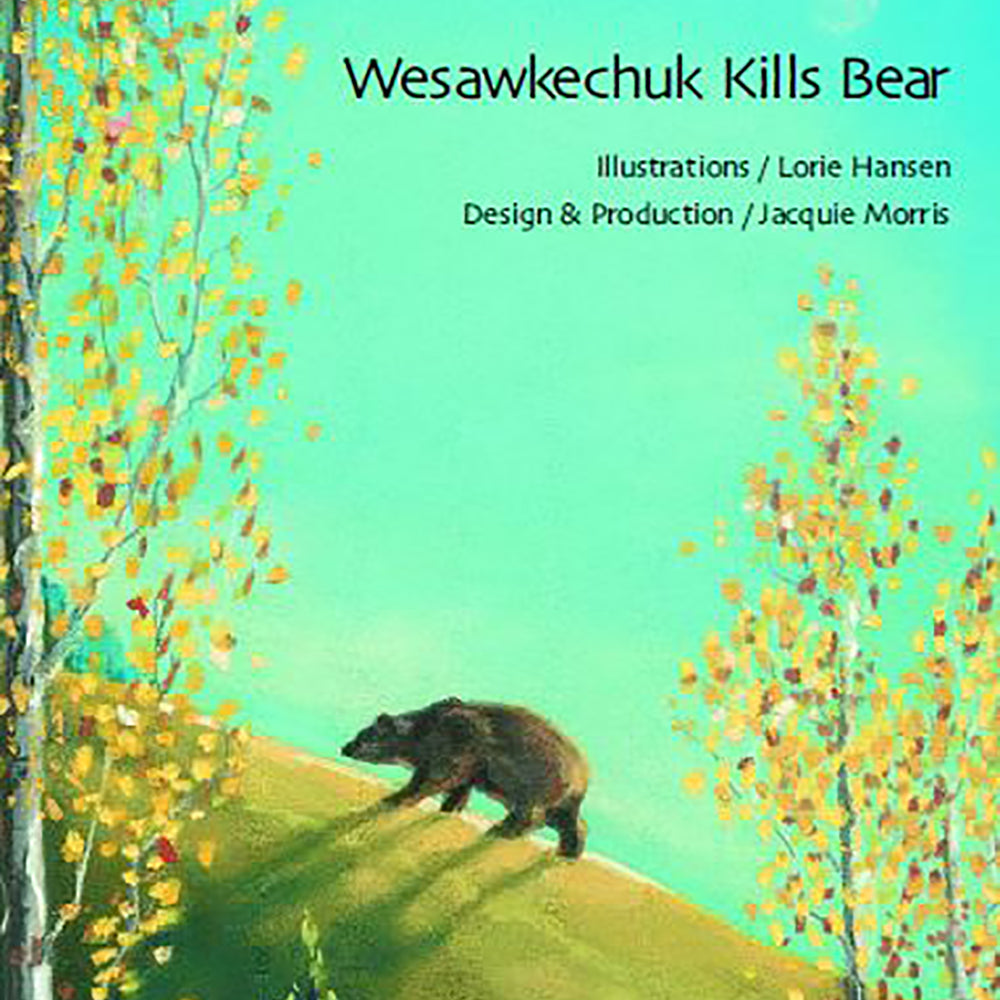MindFuel
Classroom Chemistry | Lesson 1-3 from Let's Do Science Bundle
Classroom Chemistry | Lesson 1-3 from Let's Do Science Bundle
Couldn't load pickup availability
Downloadable (1 PDF - 23 pages)
This lesson bundle includes the first three lessons from the Classroom Chemistry Let's Do Science Bundle:
LESSON 1: OUTLINE- CRUSHING CRANBERRIES
In this traditional Cree legend with the Cree trickster Wesawkechuk, whose encounters with a bear provides some moments of “Classroom Chemistry.” This legend reinforces the oral tradition of Aboriginal people, and that traditional teaching methods were often achieved through a story. Afterwards, students will test cranberry juice, vinegar, water, and a baking soda and water solution to determine whether the liquids are acidic, basic or neutral using pH paper.
LESSON 2: OUTLINE- A DESIGN MASTERPIECE
Students will attempt to send a tin foil canoe across a pan of water. When they place some dish-washing detergent on their fingertip and dip their finger in the water the tin foil moves through the water.
LESSON 3: OUTLINE- WATER, WATER EVERYWHERE
Students will be testing various materials to make a waterproof container to help Wesawkechuk carry his bear fat.
During these activities students will students learn about the properties and interactions of some safe to handle household liquids and solids. They test a variety of materials to see what happens when things are mixed together: what dissolves, what reacts and what remains unaffected. They discover that when a solid material dissolves, it can be recovered as a crystal by evaporating the liquid. They also learn that when two materials react to form a new material, the original materials cannot be recovered. As an example of a chemical reaction, students learn to produce carbon dioxide gas and show that this gas differs from ordinary air.
After completing these 3 lessons, students will be able to:
- Follow proper safety precautions while carrying out an experiment
- Understand the difference between an acid and a base
- Use an indicator to identify a solution as being acidic, basic or neutral
- Recognize that water, and surface of water has distinctive properties
- Describe the interactions between water and other solids and liquids
Additional resources included with the activity plan:
- Student worksheets for each lesson
- Wesawkechuk Kills a Bear story
Additional resources required:
- pH paper
- Laminated pH color chart
- Safety goggles
- pH testing plate or four small cups
- Cranberry juice
- Vinegar
- Baking soda
- Containers
- Water
- Garbage can
- Tin foil
- Liquid soap
- Scissors
- Picture of birch tree
- Vaseline
- Plasticine
- Pouring cup
- Tin foil roaster pan
- Paper
- Scotch tape with tape dispenser
- Popsicle sticks
Share







